Fritz Zuber-Buhler (1822 – 1896) was a Swiss artist who painted in the style of Academic Classicism. For more about this genre and the artist we turn to Rehs.com:
Since its inception, the French academic system, which trained artists beginning at the most rudimentary level, had established itself as the most powerful artistic institution until the latter half of the nineteenth century. Artists trained in the Ecole des Beaux-Arts often found themselves continuing the stylistic tendencies of their masters, intrigued by the public and private prestige it had afforded them. This “academic” style, with its meticulous execution, perfectly composed compositions, classicizing tendencies, and reliance on pre-established and thus, acceptable themes, was created and perpetuated through an intricate system of artistic training under well-established and successful teachers, prestigious awards, and a rigidly juried Salon. Many of these artists were schooled in similar academic traditions and adhered to this style throughout their career, finding success and patronage at the same time. rtists from throughout Europe migrated to Paris, the epicenter of the art world during the middle and end of the nineteenth century, seeking this training with the desire of establishing themselves as prominent artists.
Fritz Zuber-Buhler was one of these artists who came to Paris in search of artistic glory, and became part of the large circle of academic artists coming out of the Ecole des Beaux-Arts system. A contemporary of William Bouguereau, Zuber-Buhler’s canvases are indebted to the academic tradition in both their execution and theme, presenting dream-like visions of coquettish women, angelic young children, and hints of a mythological proclivity that created an oeuvre wholly in line with the academic ideas of idealized classicism. His Spirit of the Morning is an example of Zuber-Buhler’s creation of a dream-like realm of fantasy situated in a natural setting, featuring a softly rendered cherubic figure appearing as a fairy while Innocence reflects his interest in idealizing even the peasant children and their surroundings. His choice of imagery displaces reality with its fanciful and romanticized reinterpretation favoring a love of exquisite detail and an emphasis on delicacy… read more.

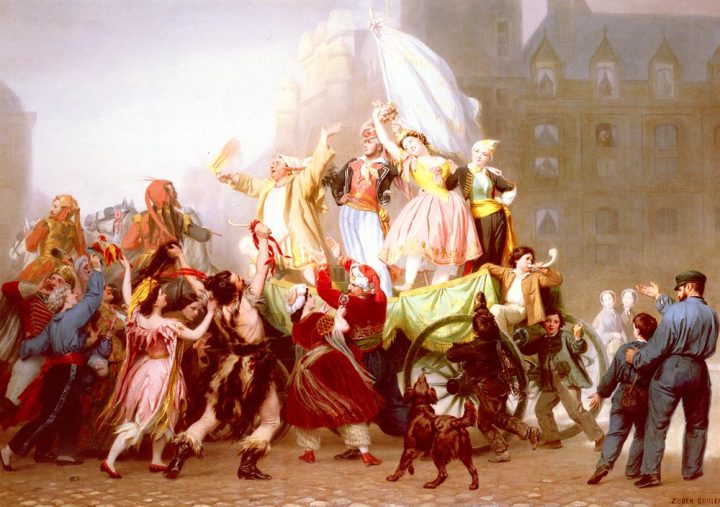


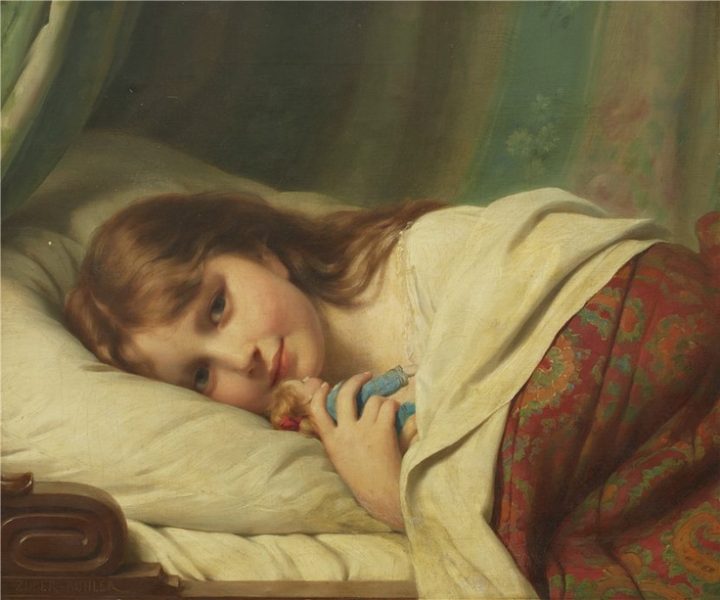





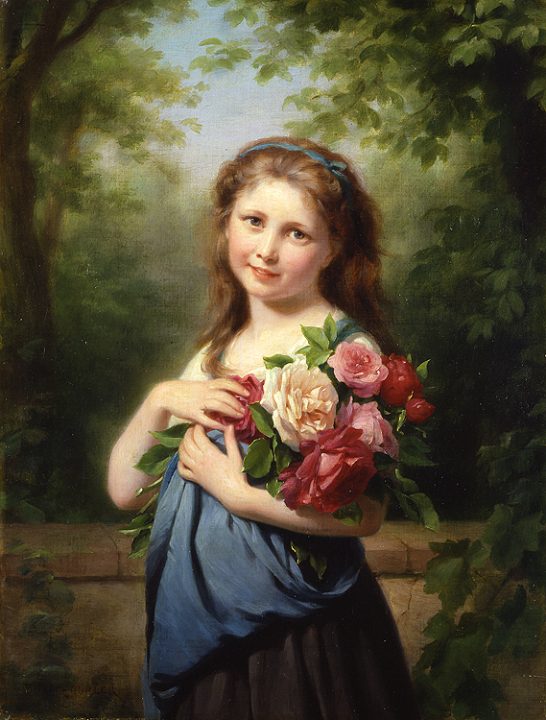



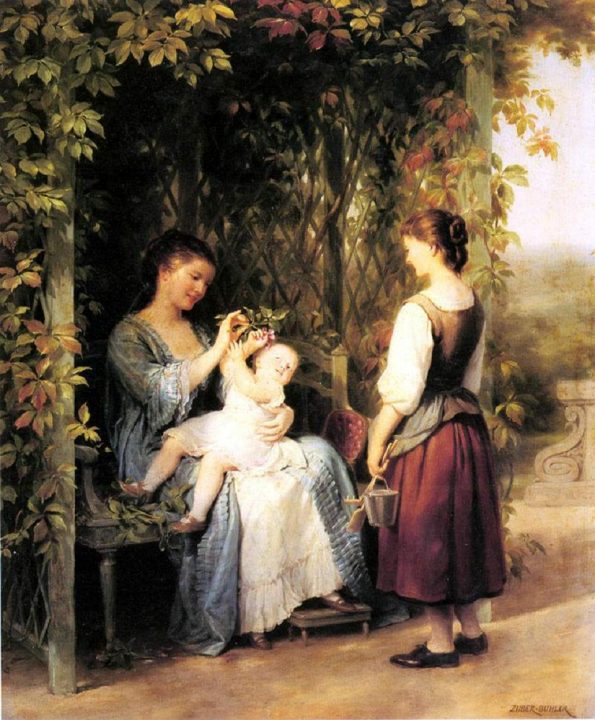








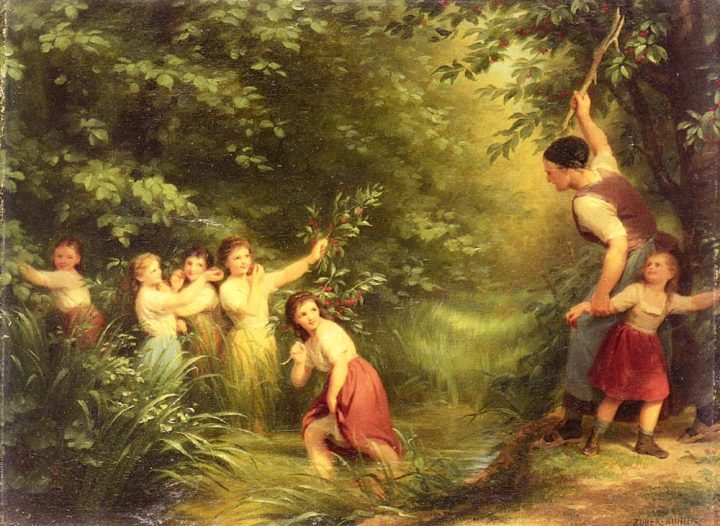
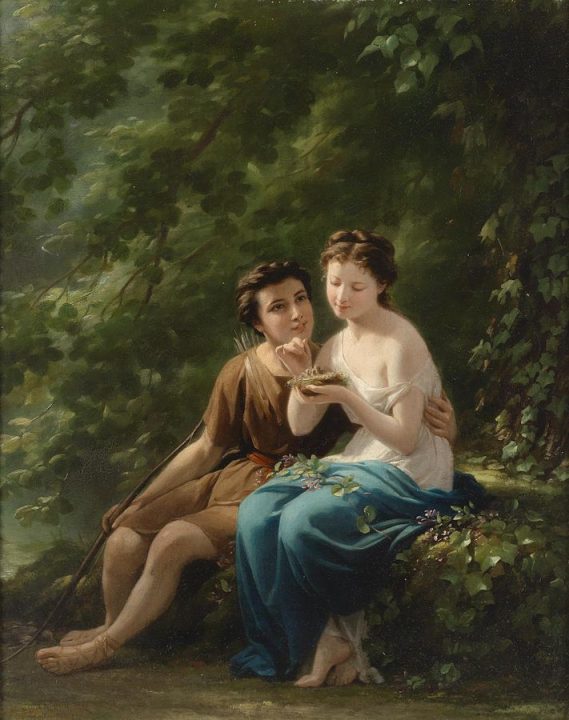


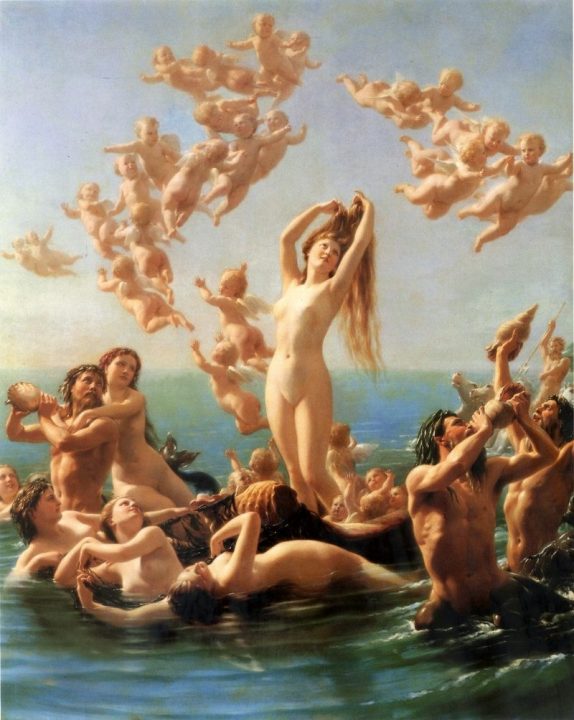

Source Article from http://www.renegadetribune.com/fritz-zuber-buhlers-academic-art/
 RSS Feed
RSS Feed















 January 10th, 2018
January 10th, 2018  Awake Goy
Awake Goy  Posted in
Posted in  Tags:
Tags: 













